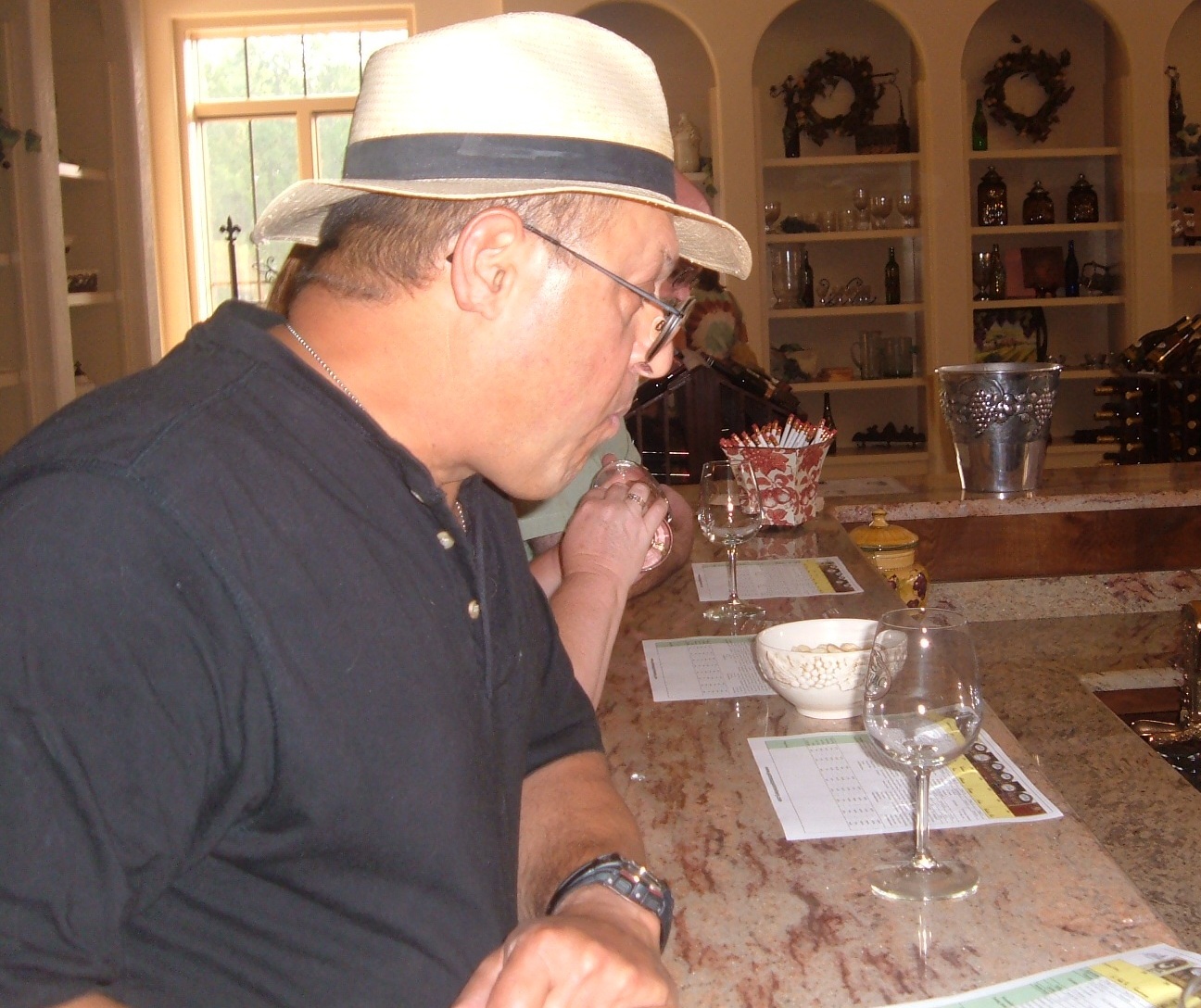THE GODDESS OF WINES HOME PAGE
HOW TO TASTE WINE
Look
Of course your going to Look at it first. Observe the color, opacity, and viscosity (wine legs). Wine legs become visible when you gently swirl the wine around in the glass and appears to cling on the inside of the glass.
Smell
The act of swirling wine actually increases the number of aroma compounds that are released into the air. Be honest we all take a sniff when it's something new. In White Wines there may be hints of citrus, orchard, or tropical fruits. In Red Wines red fruits, blue fruits, or black fruits. The nose (aroma) of a Wine is divided into three primary categories:
- Primary Aromas - these are grape -derived and may include fruits, herbs, and floral notes.
- Secondary Aromas - these come from the winemaking process. The most common aromas are yeast-derivatives and are more easy to spotted in white wines.
- Tertiary Aromas - come from the aging process, usually in bottle, or possibly in an oak barrel. These aromas consist of roasted nuts, baking spices, vanilla, autumn leaves, old tobacco, cured leather, cedar, and sometimes coconut.
Taste
OK so if we like it we can make some notes in our Wine Journal. Then move on to the next Wine. If the Wine is not to your liking you can always find the spitune. During a Wine Tasting at a Winery there is almost always one nearby. Our tongues can detect salty, sour, sweet, or bitter flavors. Some white table wines have a small portion of their grape sugars retained, and this adds to the Wine's natural sweetness. You can't smell sweetness it can only be detected by tasting. Dry Wines acutually contain a higher sugar content than a sweeter Wines. Wine will also have a texture associated with it. The dry sensation often associated with Red Wines is our tongues detecting the tannin content. The taste of Wine is also time-based. A beginning, middle and an end. At each interval the taste and texture changes.
|
|
|
Unfortunately a famous name is no guarantee of quality, nor is a beautifully designed eye catching wine label. They are the first things to catch your attention but are actually the least important. Remember the old cliche "Don't judge a book by it's cover"? Well don't judge a Wine by it's label or name. But when you are looking for a good wine, there are some things that you can look for. Keeping a Wine Journal can be helpful in identifying what wines appeal to you; remind you of ones you enjoyed or didn't care for and what wines to pair with which foods.
Wine Journals can make a wonderful gift. The Goddess Of Wines has a wonderful collection of Wine Journals and gifts in our Wine Shop

So now that the Wine tasting experience draws to a close
here is the big question you need to ask yourself.
Did I like it?
|